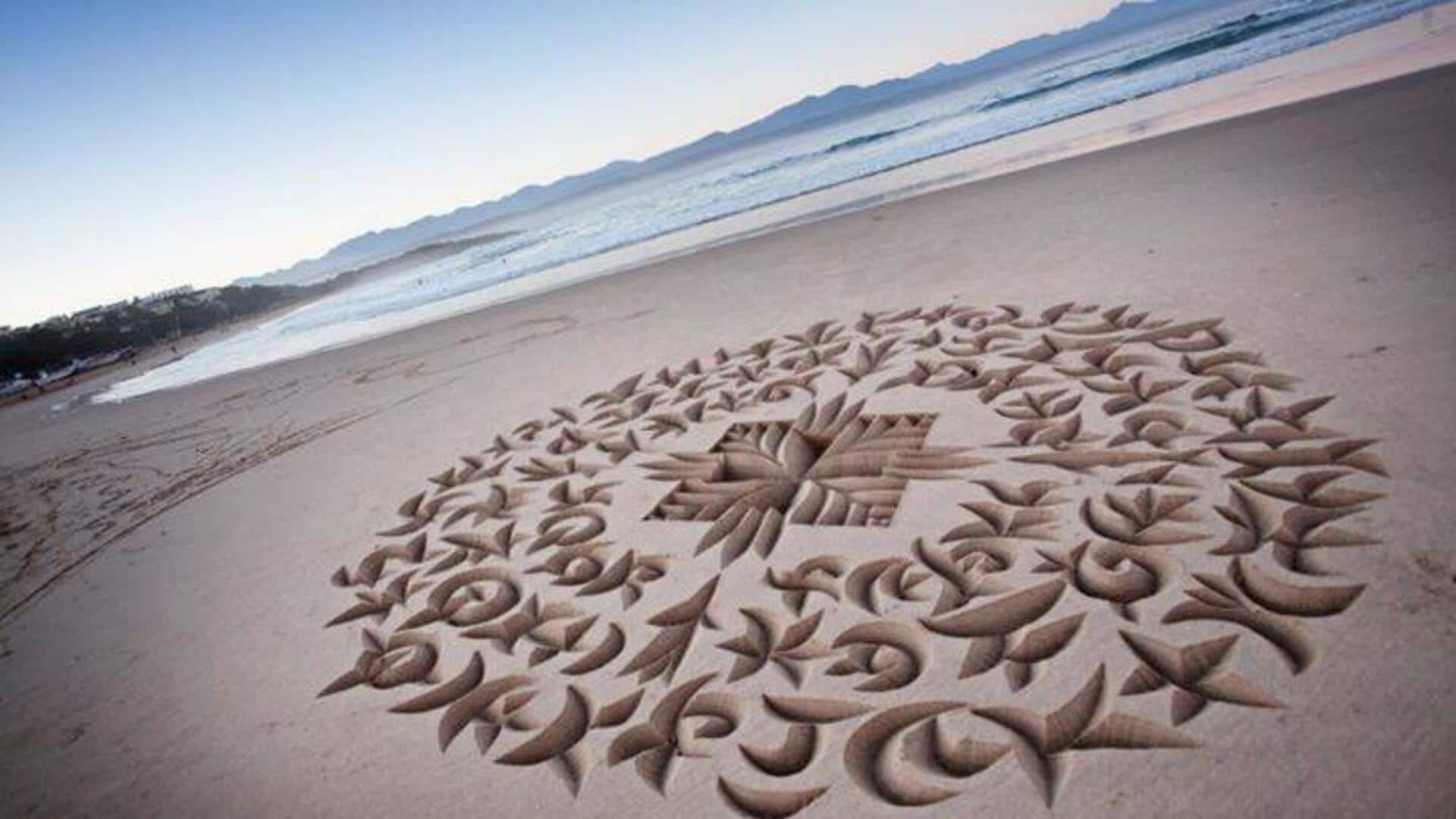
Exploring African sand artistry
What's the story
African sand artistry is a mesmerizing expression of culture and nature's harmony.
Steeped in African traditions, it highlights the ingenuity and talent of artists who sculpt sand into complex patterns and grand landscapes.
This art form is not just a display of skill, but also a conduit for preserving and sharing stories and heritage across generations.
History
The origins and evolution
Sand art in Africa holds a rich history, spanning thousands of years.
Originally, it had both practical and artistic functions, used to adorn floors and walls of homes or sacred spaces.
Gradually, it transformed into a complex art form employed in ceremonies and storytelling.
Now, it remains a vital cultural tradition in numerous African communities, mirroring their historical roots and modern artistic creativity.
Craftsmanship
Techniques and materials
Sand artistry in Africa requires patience, precision, and a steady hand.
Artists either utilize naturally occurring colored sands or produce their own shades by grinding rocks and minerals.
Tools vary from simple sticks for sketching outlines to more specialized equipment for achieving fine detail.
They build up layers of sand in patterns or images, employing stencils or freehand methods to create complex and intricate effects.
Meaning
Symbolism in sand art
In African sand art, colors and patterns aren't just pretty or random.
They're like a secret language, full of deep meanings about nature, spirituality, social status, and history.
For instance, some colors might symbolize water or earth, while others express joy or mourning.
Decoding these symbols unlocks a whole new layer of appreciation for the vibrant tapestry of African culture and the stories artists want to tell.
Modernity
Contemporary sand art scene
Traditional African sand art is alive and well, but today's artists aren't afraid to innovate by incorporating modern themes and techniques.
They're harnessing the power of digital tools for design, and experimenting by combining sand with paints or even technology (think light projections!).
This fusion of old and new ensures the art form remains dynamic and relevant on the world stage.
Education
Learning from masters
If you're keen to dive deeper into this vibrant art form, numerous workshops led by skilled artisans offer immersive experiences across Africa.
These classes are a chance to learn not only the traditional techniques but also how modern-day artists are reimagining them for contemporary appeal.
Joining these workshops can be a deeply meaningful way to engage with history while adding your own creative touch to its continued evolution.